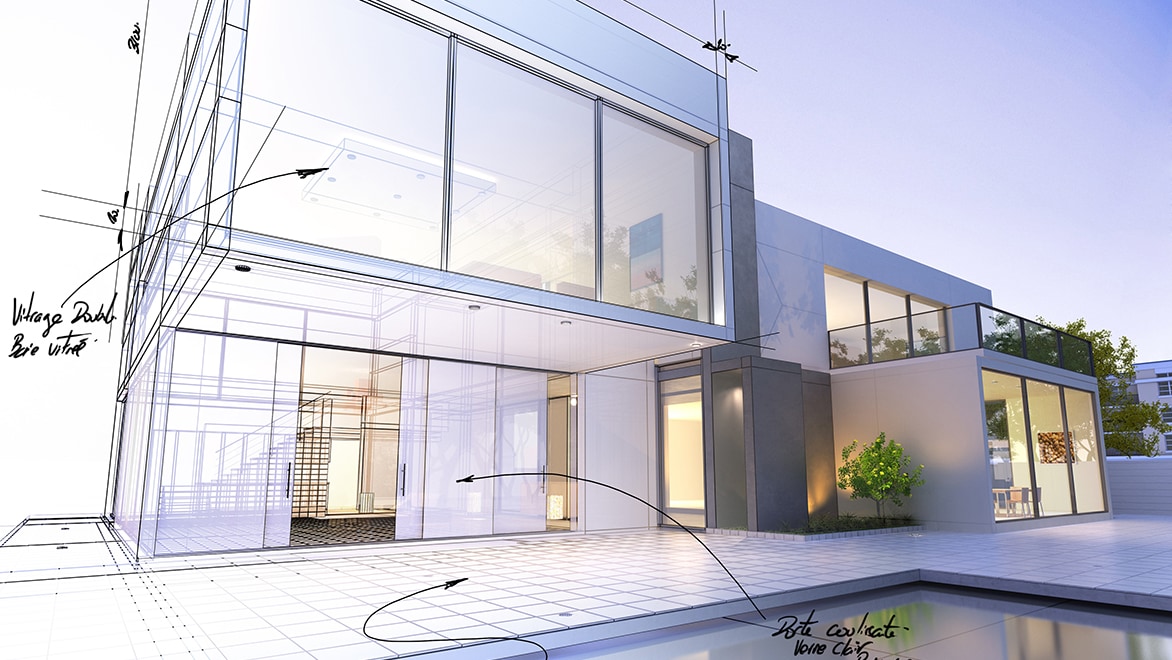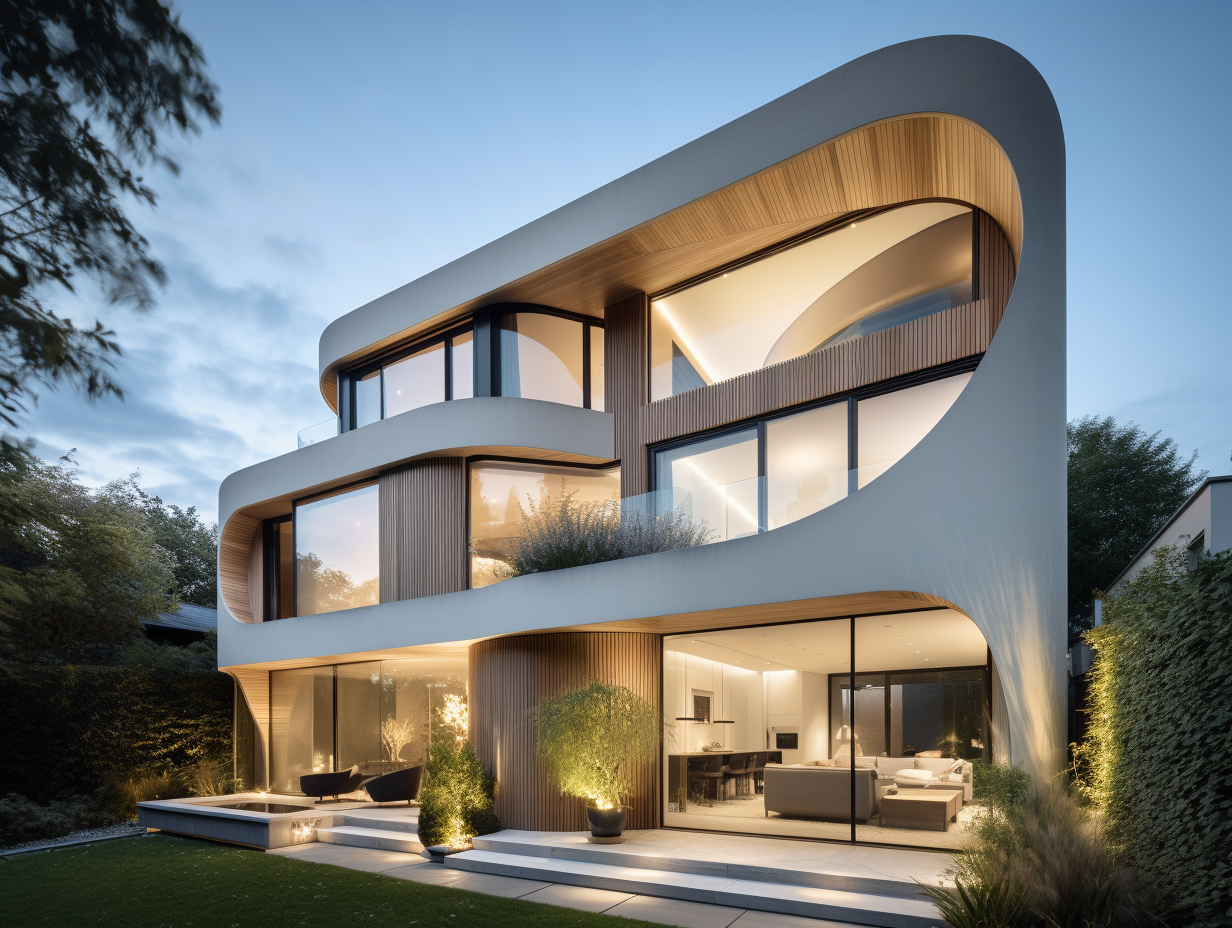Just How CDA Architects Combine Creativity and Performance in Modern Design
Just How CDA Architects Combine Creativity and Performance in Modern Design
Blog Article
The Impact of Technical Improvements on the Design Practices of Contemporary Architects
The quick advancement of technological tools has substantially improved the layout landscape for contemporary engineers, cultivating unprecedented levels of development and sustainability. Checking out these dynamics exposes a nuanced interaction in between technology and traditional design approaches, prompting a closer examination of what the future holds for architectural practices.
Evolution of Architectural Equipment
How have architectural tools changed the layout and construction processes over the centuries? The evolution of architectural devices has actually dramatically influenced the performance, accuracy, and imagination of design and building. In ancient times, architects depend on rudimentary instruments such as plumb bobs, measuring rods, and standard geometry to produce structures. These tools laid the structure for early architectural technique, permitting the building of famous frameworks, albeit with restrictions in precision and intricacy.
With the advent of the Renaissance, the intro of the compass and the protractor marked a crucial change. These tools made it possible for architects to attain higher precision in their styles, facilitating the introduction of more elaborate and proportional structures (cda architects). The Industrial Change even more changed building experiment the introduction of mechanical tools and materials, permitting for bigger and extra ambitious tasks
In the 20th century, the development of computer-aided style (CAD) software transformed the landscape once more, giving designers with extraordinary capabilities in modeling and visualization. Today, progressed devices such as Building Information Modeling (BIM) and parametric style software program continue to press the borders of architectural advancement, allowing an extra integrated method to layout and building procedures.

Improved Cooperation in Style
As modern technology continues to develop, boosted partnership in design has come to be a foundation of modern building method. The assimilation of electronic devices such as Building Details Modeling (BIM), cloud-based platforms, and progressed visualization software program has actually changed the way engineers, engineers, and stakeholders connect throughout the style process. These tools assist in real-time communication, enabling teams to share ideas, alterations, and comments instantly, no matter geographical place.
Moreover, online fact (VR) and boosted reality (AR) have additional enriched joint efforts by enabling immersive experiences that permit clients and team participants to envision projects in a much more interesting manner. This level of communication not just boosts understanding yet additionally cultivates a feeling of possession among stakeholders, resulting in even more enlightened decision-making.
Additionally, interdisciplinary partnership has actually been structured with these technical developments, allowing designers to function much more closely with other experts, such as urban organizers and ecological consultants. The result is a much more natural strategy to develop that considers various point of views and experience. Ultimately, boosted collaboration in design is not simply a fad; it is essential for creating innovative, functional, and aesthetically pleasing architecture in a significantly complex world.
Sustainability Through Technology
Sustainability in architecture has actually progressively ended up being linked with technological advancement, driving the sector towards ecologically accountable practices - cda architects. Contemporary engineers are leveraging advanced technologies to minimize ecological effect while improving the performance of buildings. One prominent instance is using Building Details Modeling (BIM), which permits exact planning and source allocation, lowering waste throughout building and promoting power effectiveness throughout a structure's lifecycle
Furthermore, clever products and energy-efficient systems are being integrated right into styles to optimize source use. Technologies such as photovoltaic or pv cells and green roof covering systems harness sustainable energy resources, contributing to reduced carbon footprints. Furthermore, the application of synthetic knowledge in style processes allows designers to imitate and analyze energy consumption, leading decisions towards even more sustainable end results.
The combination of sustainable modern technologies not just straightens with international environmental objectives however additionally satisfies an enhancing demand from customers for environment-friendly services. As engineers welcome these technologies, the focus moves towards developing spaces that are not just aesthetically pleasing however additionally functionally lasting, thus redefining the criteria of modern design. This way, innovation acts as a stimulant for sustainability, making it possible for designers to design buildings that regard and enhance the all-natural setting.
Obstacles in Implementation
While technological innovations in architecture hold terrific pledge for enhancing sustainability, their execution frequently experiences substantial obstacles. One main barrier is the steep understanding curve associated with new innovations. Engineers and building and construction professionals might call for considerable training to effectively make use of advanced software and devices, which can postpone job timelines and boost prices.
In addition, the assimilation of arising innovations, such as Structure Information Modeling (BIM) and sustainable materials, frequently necessitates collaboration across multidisciplinary groups. This collaboration can be prevented by distinctions in expertise, workflows, useful content and interaction designs, causing prospective problems and inadequacies.
Financial restraints additionally make complex the adoption of innovative technologies. Many architectural companies, especially smaller ones, might do not have the resources to purchase innovative devices, restricting their capability to contend with larger companies that can pay for such financial investments.
Moreover, regulatory structures and building regulations may not maintain speed with technological advancements, developing uncertainty and possible compliance issues. This obstacle can dissuade engineers from completely embracing brand-new modern technologies, as the risk of non-compliance might exceed the benefits. Dealing with these execution difficulties is crucial for the successful assimilation of technological improvements in contemporary architectural methods.
Future Trends in Design
The obstacles related to the implementation of brand-new technologies in style have motivated a reevaluation of future trends within the market. As engineers browse problems such as sustainability, urbanization, and social equity, they are significantly adopting ingenious modern technologies to improve design performance moved here and environmental performance.
One famous fad is the integration of expert system (AI) in the layout process. AI tools can assess vast datasets to notify style choices, boosting both creativity and functionality. Structure Details Modeling (BIM) proceeds to evolve, enabling real-time collaboration among stakeholders and facilitating structured job administration.
Lasting style methods are likewise getting energy, with engineers concentrating on flexible reuse and regenerative layout concepts that lessen resource usage and waste. The consolidation of smart materials and renewable energy sources will better boost the strength of structures when faced with environment adjustment.
Furthermore, the increase of parametric design enables even more tailored and context-sensitive building services. By utilizing these developments, architects are positioned to produce built settings that not only attend to the prompt needs of society yet likewise anticipate future obstacles, consequently redefining the role of style in an ever-changing globe.
Verdict

Report this page